Dr. Moshe Feldenkrais – Esalen 1972
$57.00
Product Include:
File size:
Dr. Moshe Feldenkrais – Esalen 1972
**More information:
Get Dr. Moshe Feldenkrais – Esalen 1972 at Salaedu.com
Description
In 1972, Moshe Feldenkrais was invited to teach for five and a half weeks at the Esalen Institute in Big Sur, California. He had visited the United States twice before; first in 1958, toteach and study at the Rusk Institute for Rehabilitation Medicine in New York City, and in 1970, for a brief stay at the Esalen Institute.
Founded in 1962, the Esalen Institute was an important center for the devel-opment of new ideas in philosophy, education, psychology, eastern spirituality, medicine, somatics and what would later become known as the field of ‘embodied cognition.’ Esalen was a combination of a gathering place in which intellectuals from these various fields could interact, and a place where they could test their new ideas by teaching workshops which were open to the public.
Dr. Feldenkrais’ invitation to teach at Esalen for five weeks was a landmark event, signaling the first swell of interest—outside of Israel—in his approach to human development. Many of the participants at the workshop were already lead-ers in what was termed ‘the human potential’ movement. This social and cultural movement had emerged primarily out of humanistic and existential psychology, and its central tenet was the idea that each individual has the potential for growth, self-fulfillment and self-determination. Feldenkrais’ ideas about the plasticity of the brain, and our ability to learn new ways of sensing, thinking, moving and act-ing, fit in perfectly. The world was finally catching up with him.
Sponsored by Esalen, and organized by psychologists Stanley Keleman andWill Schutz, the fourteen invited participants in Feldenkrais’ workshop includ-ed psychotherapists, Seymour Carter, Jack Downing, Betty Fuller, and Richard Price, and Alexander Technique® Teachers, Frank Ottiwell, Ilana Rubenfeld, and Judith Stransky. Both the participants and Dr. Feldenkrais considered the course, as a ‘Teacher Training’ in Awareness Through Movement, and at the end, each person was given a certificate allowing them to teach ATM
The Esalen Notes are very accurate notes, made by workshop participant Judith Stransky. With Dr. Feldenkrais’ permission, she would type up the notes each night, from audio tapes of the classes. The Awareness Through Move-ment lessons featured in the Esalen course were all approximately 45 minutes long. In addition to recordings made by the Esalen Institute and the participants, Feldenkrais taped each lesson himself, because he was considering the possibility of publishing them as an audio cassette program.
By the time he accepted the invitation to teach at Esalen in 1972, Feldenkrais had completed his seminal book, Awareness Through Movement (HarperCollins), and had finished training his first group of FeldenkraisMethod®Practitioners, thirteen dedicated students, in Tel-Aviv, Israel. But, in many ways, Feldenkrais’ course at Esalen was a ‘first’. Teaching for an uninterrupted period of five plus weeks, provided Feldenkrais with a rare, sustained teaching context, the likes of which he had never had before. In his public classes in Israel he frequently had two or three classes in a row, but each class had a new group of students. And, his Tel-Aviv training program (1968-1971) took place on only one day a week, over a period of three years. Because his Tel-Aviv training students had been attend-ing his Alexander Yanai group classes for many years, the primary focus during the training was on learning the individual work, which would soon be named,Functional Integration.® In fact, it was at this Esalen workshop in 1972, during a brief discussion with the workshop participants, that the terms Awareness Through Movement and Functional Integration were chosen to replace group technique and individual technique.
At Esalen, Feldenkrais wasfreed from the constraints of the market place. He was able to direct himself to one, consistent group of highly engaged students, and had the opportunity to ‘start at the beginning’, following a path of both de-velopmental and intellectual continuity, putting his thinking into action. And, that is exactly what he did. Each day was divided into two Awareness Through Move-ment lessons, two lectures or talks, and two Functional Integration lessons given to members of the group.
The Esalen course marks the beginning of the most creative period of Feldenkrais’ work. In order to make certain useful distinctions, we can describe the period between 1945-1955 as Feldenkrais’ ‘early period’, in which he devel-oped his theoretical framework and the form of group lessons. From 1956-1970 Feldenkrais, no longer working as a physicist, developed his unique individual ‘hands-on’ approach and the great majority of his group lessons. In his ‘late pe-riod’, spanning the years 1971-1981, Feldenkrais was at his most generative and synthetic, integrating his insights from psychology, physiology, pedagogy, evolu-tion and physics into a uniquely comprehensive and potent viewpoint for human transformation. In many ways, Feldenkais’ ‘late period’ represents the full real-ization and energetic transmission of his project. Of course, these time related markers are inexact. But, I believe that there are important and interesting distinc-tions to be made between Feldenkrais’ ‘late period’ teaching in Esalen, Amherst,
iiiand the Quest workshops, compared to most Alexander Yanai lessons. In my opin-ion, Esalen signals the dawning of the most creative, experimental and generative period in Feldenkrais’ life
I would suggest that The Esalen Notes is one of single most important docu-ments we have of Feldenkrais’ teaching of Awareness Through Movement. It is a veritable tour de force. The ATM lessons are taught in a clear and deliberate sequence of gathering complexity, giving us an unusual insight into Feldenkrais’ pedagogical priorities and developmental thinking. In other words, we are able to see Feldenkrais explicating his thinking by the means of AwarenessThrough Movement, and we are able to infer exactly what was functionally and pedagogi-cally most important to him. As an added bonus, Feldenkrais wants the participants to understand the theory behind what he is doing, and so he offers a level of ex-planation about the lessons not to be found anywhere else, except for in the San Francisco training program, which would begin in 1975.
From the perspective of aFeldenkraisTeacher, The Esalen Notes are the best resource we have for teaching ATM to the public. Apart from the San Francisco Evening Class, also published by FeldenkraisResources, no other source material exists in which we can observe Dr. Feldenkrais making deliberate lesson selection for a naive group, over an extended period of time, with a clear demonstration of how he would build gradually from the simple to the more complex, from the easy to the more demanding. Further, every lesson taught at Esalen is full and rich in a way that is rarely found in the Alexander Yanai lessons. I recommend that you start as Moshe intended, at the beginning, do two lessons a day, and allow your-self at least one hour for each lesson. Quickly you will feel the full transformative power of Awareness Through Movement and appreciate what a jewel The Esalen Notes are.
David Zemach-BersinDoylestown, PennsylvaniaPostscript: How did these ‘notes’ come to be available? After eight months studying with Dr. Feldenkrais in Tel-Aviv and London,I returned to the United States in 1974, to begin graduate school in psychology at Cal State Uni-versity Los Angeles. I began attending Awareness Through Movementclasses that Judith Stransky was teaching on the west side of LA. Judith had lived in Israel from 1957–1959 and attended group lessons led by Lydia Macoosh, a student of Moshe’s. At some point, she asked me to substitute teach for her and generously
ivgave me a copy of her transcripts of the 1972 Esalen workshop ATM’s. What a bounty of riches! Until that time, my only resources for ATMlessons were notes I had taken during classes at Alexander Yanai, and audio cassettes of Feldenkrais’ 1973 five-week long Berkeley workshop, most of which I had attended. When, in 1984, Elizabeth Beringer and I started Feldenkrais Resources, the first thing we did was ask for permission to publish The Esalen Notes. We owe Judith a profound thank you for creating The Esalen Notes, to Elizabeth for publishing this new, handsome edition, and as always, to Moshe for his enduring genius and legacy.
P.P.S.You will notice that starting with ATM lesson 18, there is a sub-heading which reads, ‘Lesson 1 of Introductory Series.’ This secondary numbering of the lessons ends at lesson 26. According to Judith Stransky, the group was not understanding the logic of why Moshe chose to follow oneATMlesson with another. In their frustration they insisted that he teach the lessons in the order that they should use when teaching public classes. Moshe’s compliance with the request lasts for only five days and then abruptly stops. From looking at the order of lessons 1–17, it is clear that there had been a logical ordering and that with the group’s request, Moshe simply started to build a new sequence with new ATM lessons.
David Zemach-BersinThe Feldenkrais Institute of New York.
Health and Medical course
More information about Medical:
Medicine is the science and practice of establishing the diagnosis, prognosis, treatment, and prevention of disease.
Medicine encompasses a variety of health care practices evolved to maintain and restore health by the prevention and treatment of illness.
Contemporary medicine applies biomedical sciences, biomedical research, genetics, and medical technology to diagnose, treat, and prevent injury and disease,
typically through pharmaceuticals or surgery, but also through therapies as diverse as psychotherapy, external splints and traction, medical devices, biologics, and ionizing radiation, amongst others.
Medicine has been around for thousands of years, during most of which it was an art (an area of skill and knowledge) frequently having connections to the religious and
philosophical beliefs of local culture. For example, a medicine man would apply herbs and say prayers for healing, or an ancient philosopher and physician would apply bloodletting according to the theories of humorism.
In recent centuries, since the advent of modern science, most medicine has become a combination of art and science (bth basic and applied, under the umbrella of medical science).
While stitching technique for sutures is an art learned through practice, the knowledge of what happens at the cellular and molecular level in the tissues being stitched arises through science.
More Courses:Health – Fitness – Medical
Outstading Courses:https://tradersoffer.forex/product/98-ways-to-stop-masturbating-by-marc-summers/
Be the first to review “Dr. Moshe Feldenkrais – Esalen 1972” Cancel reply
Related products
Health – Fitness – Medical
HEALTH - FITNESS - LIFESTYLE - MEDICAL
Health – Fitness – Medical
Heal Yourself with Sunlight (2nd Edition: Expanded and Revised) by Andreas Moritz
Health – Fitness – Medical
Health – Fitness – Medical
Health – Fitness – Medical
Even More Complete Shoulder & Hip Blueprint: version 2.0 by Tony Gentilcore & Dean Somerset

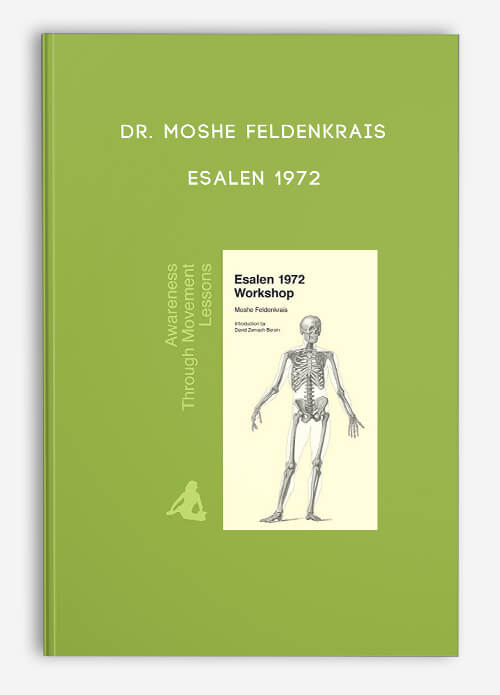

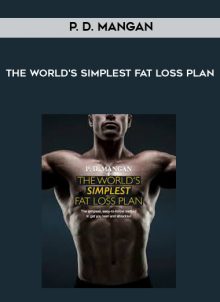
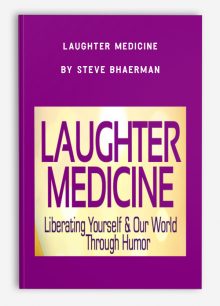

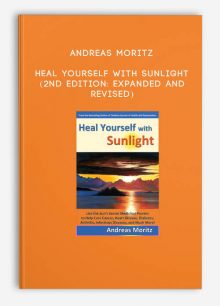
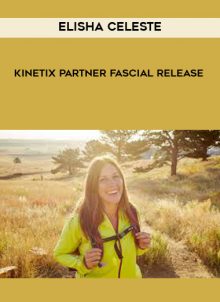
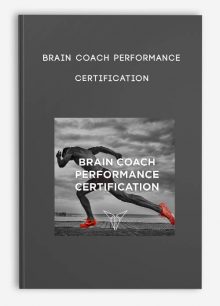
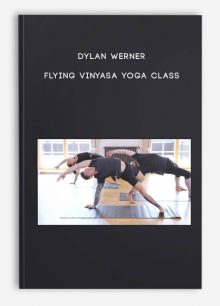
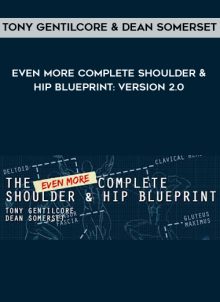
Reviews
There are no reviews yet.